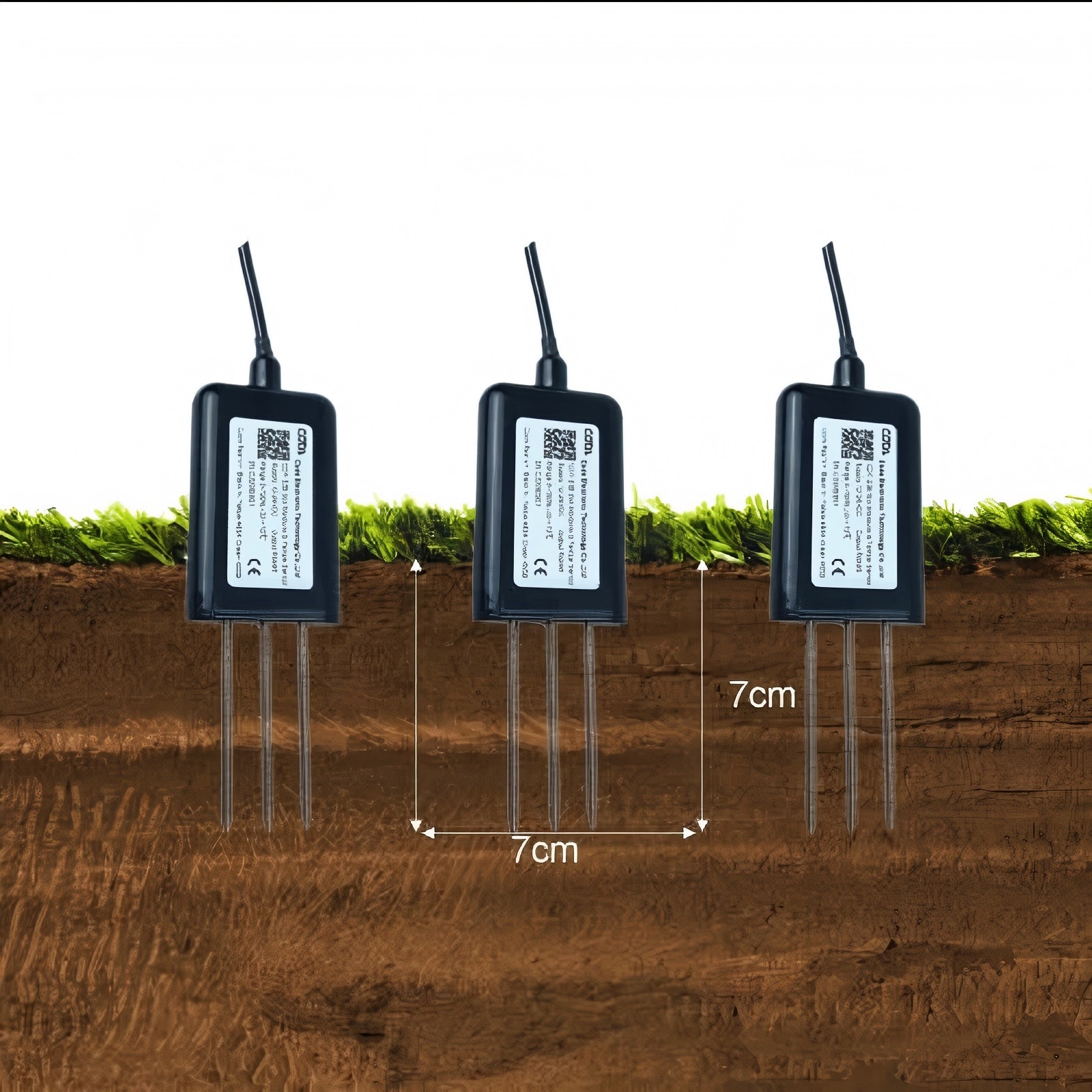Introduction
The agricultural sector is undergoing a digital transformation, with precision farming leading the charge. By integrating smart technologies, farmers can now monitor and manage soil conditions with unprecedented accuracy. One of the most important innovations is soil sensors.
These sensors measure pH, electrical conductivity (EC), and NPK levels. NPK stands for nitrogen, phosphorus, and potassium. These sensors provide real-time, actionable insights, enabling optimized fertilization, irrigation, and crop management.
One notable player in this area is Coda Sensors. This company focuses on high-quality environmental and agricultural sensing solutions. Engineers design their advanced soil sensors for reliability, accuracy, and seamless integration into modern farming systems.
Soil pH is a key determinant of crop health, influencing nutrient solubility and microbial activity. Most crops perform best in a slightly acidic to neutral pH range (6.0–7.5). Deviations from this range can lead to:
Nutrient lock-up (e.g., phosphorus becomes unavailable in highly acidic soils).
Toxicity risks (e.g., aluminum toxicity in acidic soils).
Decreased microbial function, impacting organic matter breakdown.
Conventional pH testing techniques, such as litmus paper or laboratory testing, are inefficient and unsuitable for extensive agriculture. Modern IoT-enabled pH sensors, like those from Coda Sensors, offer continuous monitoring. This allows for quick actions, such as applying lime or sulfur.
EC measures the soil’s ability to conduct electricity, which correlates with:
Salinity levels (high EC may indicate salt buildup from over-fertilization).
Nutrient concentration (higher EC often means more dissolved nutrients).
Soil texture and moisture retention (clay soils typically have higher EC than sandy soils).
Excessive salinity can harm crops by causing osmotic stress, while low EC may signal nutrient deficiencies. Coda Sensors’ EC probes help farmers maintain optimal salinity levels, preventing yield losses and improving water-use efficiency.
Nitrogen (N), phosphorus (P), and potassium (K) are essential macronutrients, each playing a distinct role:
Nitrogen (N) – Critical for chlorophyll production and vegetative growth.
Phosphorus (P) – Supports root development, flowering, and energy transfer.
Potassium (K) – Enhances drought resistance, disease immunity, and fruit quality.
Conventional NPK testing involves lab-based soil sampling, which is time-consuming and lacks real-time applicability. Coda Sensors’ NPK detection technology leverages spectroscopy and ion-selective electrodes to provide instant nutrient readings, enabling precise fertilizer application.
Electrochemical Sensors – Measure pH and ion concentrations (e.g., Coda’s pH/EC combo sensors).
Optical Sensors – Use near-infrared (NIR) spectroscopy to detect NPK levels.
IoT and Wireless Connectivity – Transmit data to cloud platforms for AI-driven analytics.
Robust, Weatherproof Designs – Ensure durability in harsh farming environments.

✔ Targeted Fertilization – Minimize chemical usage, cutting expenses and environmental damage.
✔ Optimized Irrigation – Adjust water usage based on EC and moisture data.
✔ Higher Crop Yields – Maintain ideal soil conditions for maximum productivity.
✔ Automated Alerts & Predictive Analytics – Receive notifications for nutrient deficiencies or pH imbalances.
Calibration Requirements – Sensors need periodic recalibration for accuracy.
Initial Investment Costs – High-tech sensors may be expensive for smallholder farmers.
Data Interpretation Complexity – Farmers may require training to use sensor data effectively.
AI & Machine Learning Integration – Predictive models for soil health management.
Miniaturized, Low-Cost Sensors – Expanding access to precision farming tools.
Drone & Robotic Soil Sampling – Autonomous systems for large-scale monitoring.
Coda Sensors is a leader in this area. They make soil sensors that are accurate, durable, and ready for IoT. Their solutions include:
Multi-parameter soil probes (pH, EC, temperature, moisture).
Wireless data transmission for remote farm monitoring.
User-friendly dashboards for real-time analytics.
By integrating Coda Sensors’ technology, farmers can transition from guesswork to data-driven decision-making, ensuring sustainable and profitable agriculture.
Soil pH, EC, and NPK sensors are no longer optional—they are essential tools for modern agriculture. With companies like Coda Sensors pushing the boundaries of sensing technology, precision farming is becoming more accessible, efficient, and environmentally friendly.
The future of farming is in real-time soil intelligence. By using these advanced solutions, farmers can increase yields, save resources, and help the planet.
Learn how CODA Sensor solar radiation and PAR se
Discover how real-time weather station data impr
Discover how Automatic Weather Stations (AWS) ar
Contact: Molly
Phone: +86-17775769236
Tel: 86-0731-85117089
Email: molly@codasensor.com
Add: Building S5, Aux Square, Yuelu District, Changsha City, Hunan Province, China
We chat